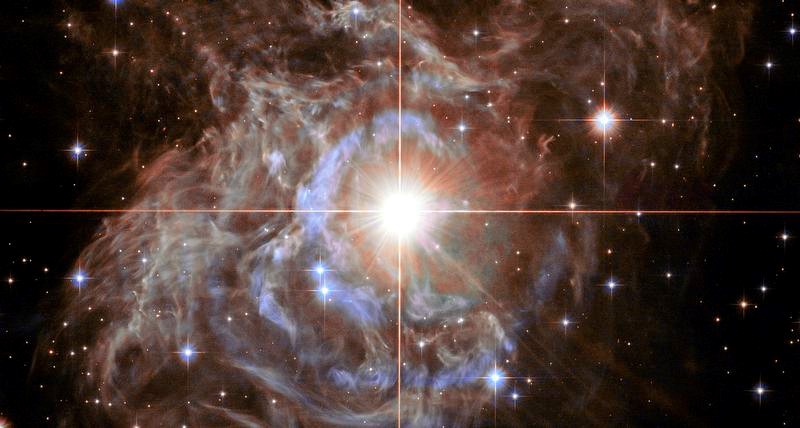Free Courses Sale ends Soon, Get It Now


Free Courses Sale ends Soon, Get It Now



Source: HINDU
Disclaimer: Copyright infringement not intended.
Context
Details
Background
Types of Universes
Observational Techniques
Recent Findings
Implications
About Cosmic Expansion
Evidence for Cosmic Expansion:
Understanding the Expansion:
The Fate of the Universe:
Sources:
|
PRACTICE QUESTION Q. Discuss the Hubble tension and its implications for our understanding of the expansion of the universe. How do different methods of measuring the expansion rate contribute to this tension? (250 Words) |
© 2024 iasgyan. All right reserved